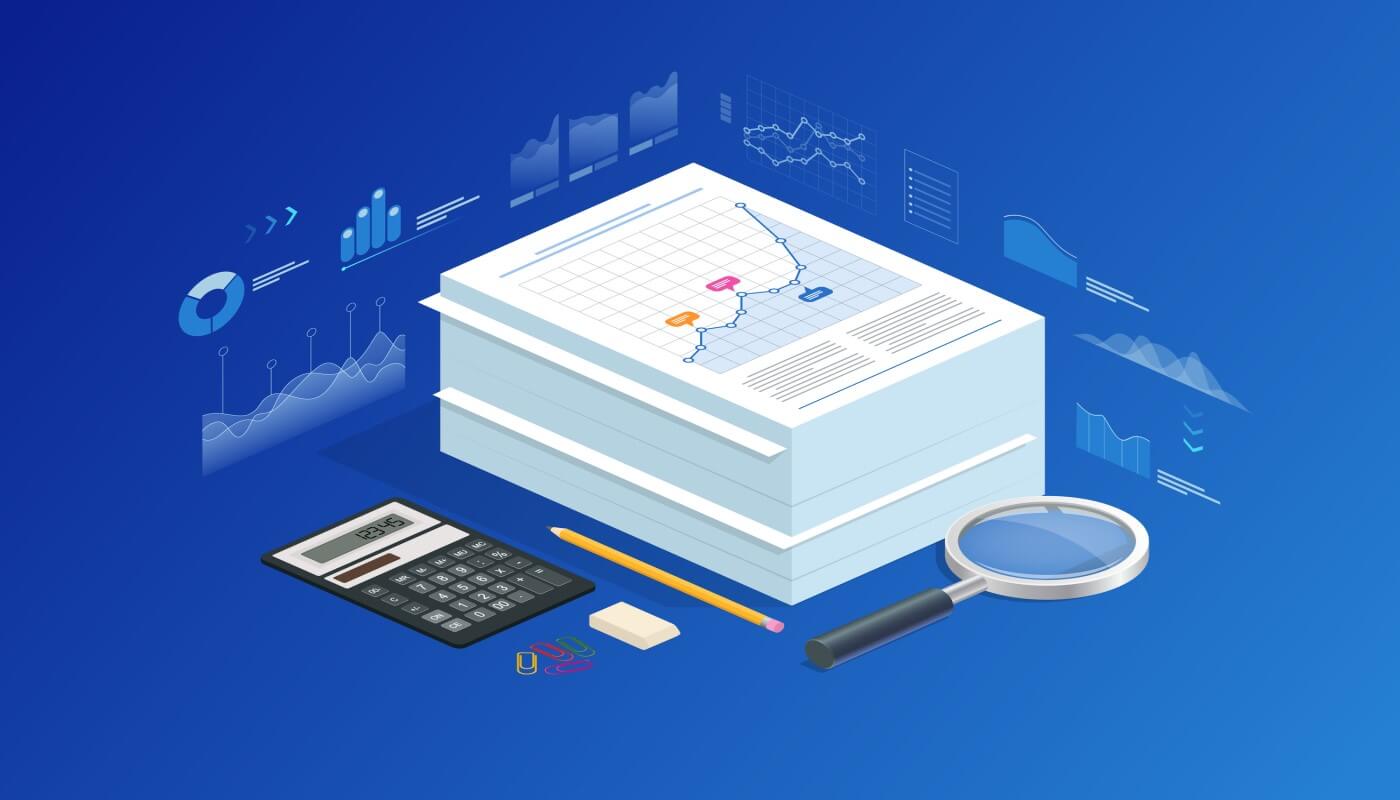
The industry is currently a hive of CECL-related activity. Many banks are busily testing their systems or finalizing their preparations for the go-live date, which is either in January 2020 or somewhat later, depending on the organization. Some are still making plans for implementation, and the rest are worried that they should be.
There has been a huge amount of commentary on the merits of CECL, both positive and negative, since it was initially proposed and then promulgated in 2016. I will briefly summarize this commentary, provide some of my own and then try to answer the key question: Will CECL ultimately be worth it?
Before we start, we should first recognize that CECL is an accounting standard and should be judged primarily on this basis. It is concerned with providing useful information about the financial state of a company to investors and other stakeholders. There will, however, be economic effects of the new protocol that are critical to the way the reform will ultimately be viewed within the industry and beyond.

Suppose I lend you $100 for one year. On day one, I obviously view you as creditworthy (otherwise I would not have extended finance) - but there is a risk that you will not be able to meet your commitments. Under the current incurred-loss framework, I would not have to make any provisions for your loan until I see signs that you are in trouble, most likely via a missed payment or two. With CECL, on the other hand, I need to construct some sort of model to predict your credit risk and then make an allowance for these potential losses at the moment I make the funds available for your use.
Now suppose that the first sign of strain occurs after six months. Up until this point, under incurred loss, I would have reserved $0; under CECL, I would be required to set aside, say, $5. After borrower stress has been observed, the allowance numbers should be more closely aligned; this does not, however, change the fact that they would be higher under CECL for a significant period.
For long-term loans like mortgages, these pre-stress provisions could have a dramatic effect on the total cost of extending finance. Many in the financial industry are worried that long-term loans, as well as other categories like subprime, will become more expensive as a result of CECL.
Accounting theoreticians strongly criticize this aspect of CECL. A core accounting principle - known as “matching” - is that the timing of expenses should match that of revenues associated with the activity being monitored. If expenses are booked on day one, presumably revenue should be recognized concurrently.
Whether violation of the matching principle truly matters depends on whether investors will be misled by the financial statements generated. If I made that $100 loan on the last day of the quarter, I would report a $5 expense but no revenue. It's hard to know precisely what the practical consequences of this principle violation will be - whether bank lending would tail off toward the end of each reporting period, for example - but principles usually exist for a reason.
Impact on Procyclicality
The other big unknown is procyclicality. CECL was devised as a means to force reserves to rise during the latter stages of booms to ensure that sufficient cushion is available when the recession inevitably strikes. Many in the banking community strongly believe CECL will yield more procyclical reserves than the current system, but you can also find detailed analytical work that suggests that CECL will be less procyclical than under incurred loss. We'll have to wait to see who's right when it comes to CECL procyclicality.
The success or failure of the reform hinges on this question. If the cyclical impact of CECL on bank reserves is marginal either way, many will argue that all the effort required to implement new systems was simply not worth it - e.g., bankers will contend that they had to take on all the transition costs, but received none of the promised economic benefits. If the bankers are right and we see reserves rising aggressively at the start of the first CECL-era recession and not before, then it will be a disaster - a costly reform designed to fix one problem but instead exacerbating it!
I don't think this is the most likely outcome, but it is a risk. It's more likely that CECL will lead to a marginal improvement: reserves will probably not rise much in the leadup to the first CECL-era recession, but will likely fall faster once the outlook for the economy has brightened. I also think that countercyclicality could have been ensured and that the reform we are currently implementing is therefore a missed opportunity. CECL may move the needle enough to justify the costs of transition, but I strongly doubt that the banking community will ever see it that way.
Additional Pros and Cons
So, what other benefits will CECL provide? It's fairly clear from early IFRS 9 disclosures that the quality of information reported by major banks is now higher, although many of these features could have been mandated without requiring any alterations to the existing income statement. A smart investor will be able to use this information to better project the future financial performance of the institution. Investors who cannot successfully grapple with the vagaries of econometric projections will suffer in comparison.
There are two potential downsides to this increased complexity. The first is volatility - as forecasts and the models used to generate them change, the perceived financial performance of the firm will shift. The second is that it broadens the scope by which bank managers will be able to bamboozle humble investors with clever math. It will take a fair amount of vigilance by investors to ensure that models used for CECL are sound and that underlying economic forecasts are reasonable.
I think the added information provided by model-based loss estimates is a worthwhile feature of CECL. It will broaden the application of analytics across lending organizations of all sizes and also drive a significant improvement in data collection.
So, will CECL be worth it? Ultimately, it will be judged on its economic impact. If CECL curtails bank lending or exacerbates (or causes) a recession, it will be viewed very negatively by future historians.
Tony Hughes is a managing director of economic research and credit analytics at Moody's Analytics. His work over the past 15 years has spanned the world of financial risk modeling, from corporate and retail exposures to deposits and revenues. He has also engaged in forecasting of asset prices and general macroeconomic analysis.